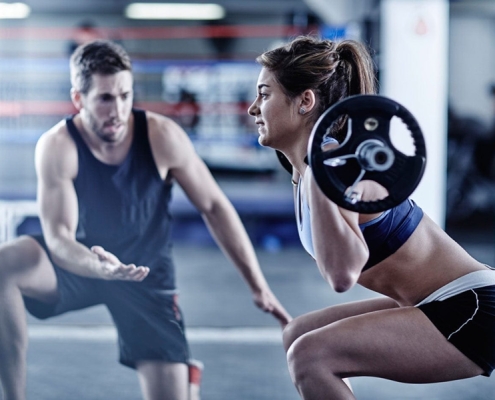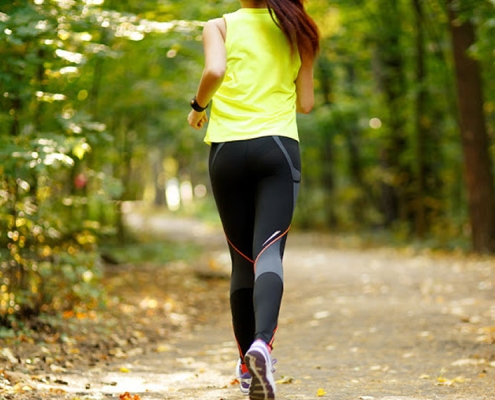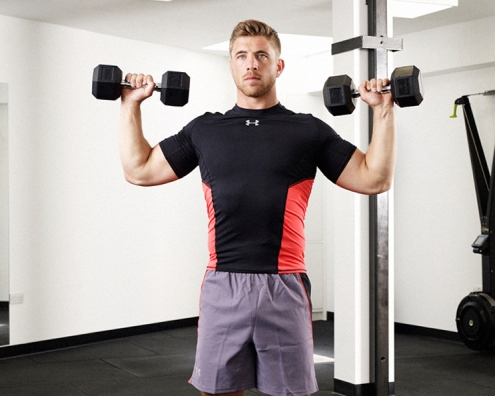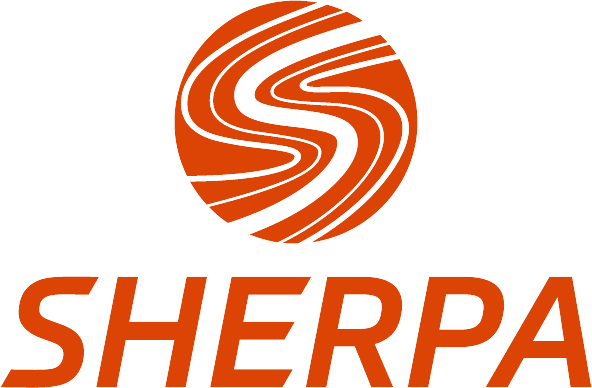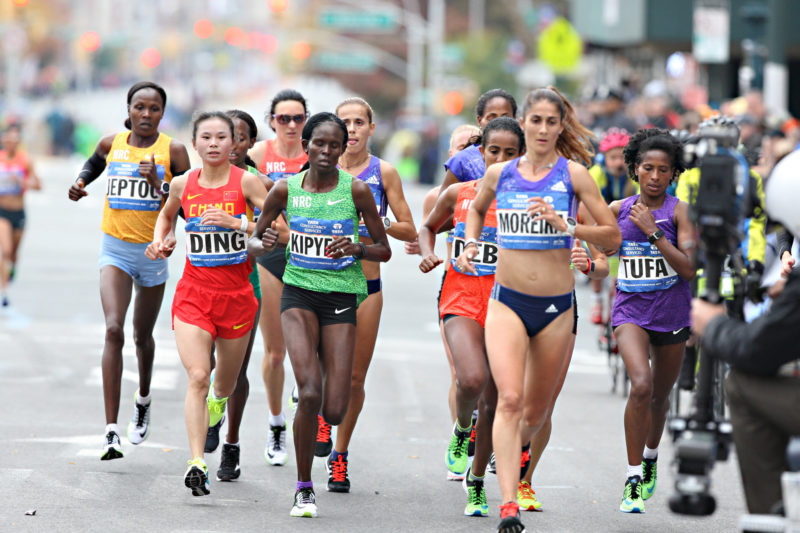
So, you’ve signed up to a half marathon, congratulations! Now it’s time to get your body ready to run 13 miles in one go. Depending on your skill level, this may seem daunting, but with some focused training you’ll be able to prepare yourself for the distance – and have some fun along the way! Ideally, you should give yourself at least three to four months to train for a half marathon. But what sorts of exercises should you be doing? Here, we’ve included some of our top training advice for boosting your endurance, performance and speed.
INCLUDE PLENTY OF CARDIO TO BUILD ENDURANCE
First things first, you want to make sure you can complete the entire route; so it goes without saying that you need to practice running. But other cardio machines will also help to improve your endurance and aerobic capacity, which means you can mix up your workouts. Try including some sessions on the stationary bike, the ERG or the rower to ensure you can stay the distance without getting bored of always running. You can even interchange your treadmill training sessions with some cardio fitness classes, to get your body used to a variety of workout styles ahead of the half marathon.
INTERVAL TRAINING CAN HELP IMPROVE YOUR SPEED
If you’re happy with your endurance, but looking to cross the finish line faster, try intervals on the treadmill. High intensity interval training (HIIT) alternates brief stints of sprinting with short periods of a slower paced run. The approach offers an effective work out, that boosts your endurance and can help improve your speed. Start by sprinting for 30 seconds, before reducing your pace to a jog for the next minute, then repeat for a set amount of time – for beginners, we recommend starting at around 15 minutes and building up from there.
INCORPORATE WEIGHT TRAINING TOO
While most people focus primarily on cardio, it can be worth investing some of your gym time in weight training as well. It’s an essential companion to running, as you’ll be able to strengthen key muscles and joints to increase your endurance and improve your speed. You’ll also find yourself less likely to sustain injuries if your muscles are stronger and more muscular. Schedule your weight training for days you aren’t doing long runs as you’ll find adding weights to an already physically draining exercise day can risk over stressing the body.
USE RESISTANCE BANDS TO STRENGTHEN THE GLUTES
One particular muscle worth focusing on is your glutes – they’re the primary muscles that help you run fast, and they’re an important source of power for longer distances. If you’re looking to activate muscles quickly and effectively, resistance bands are one of the best methods, particularly for glutes. This inexpensive, space saving piece of equipment is ideal for use both in and out of the gym. Try lunges, sidekicks or squats that incorporate a resistance band and you’ll boost the value these exercises provide for your glutes, helping to improve your big run.
MAKE SURE TO WORK ON YOUR CORE
As well as strong glutes, your running will be massively benefited by a strong core. This is your mid-section area, including your abs, lower back and obliques. Focusing on these muscles will boost your stability, posture and balance and also help with your running speed. Some of our top recommendations for core workouts include the plank, the dead bug, reverse crunches, glute bridge and the side plank – find out more about these with our beginners’ guide to core exercises.
AND INCLUDE PLENTY OF ALL-ROUNDER FUNCTIONAL STRENGTH WORKOUTS
As most of the tips above show, strength training is a crucial part of improving your running and preventing injuries over longer distances. The stronger your muscles are, the better they are at propelling your body forward! Functional training is an effective way to target the major muscle groups and develop mobility, all of which will be useful for your half marathon. You can incorporate a variety of movements, and gently build in the use of weights such as dumbbells or kettlebells to further boost your strength. Popular examples include squats, deadlifts, leg presses, step ups, kettlebells swings and box jumps.

